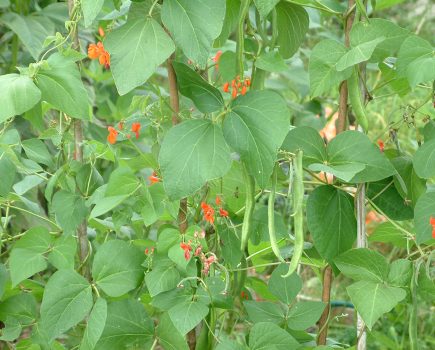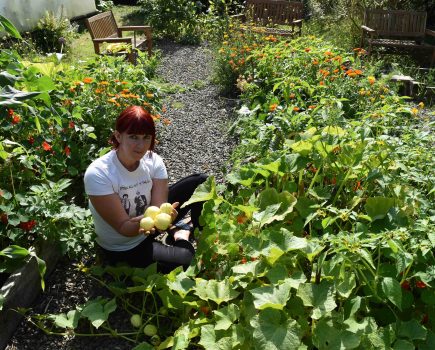Although Britain’s record-breaking heatwave has now been broken by rain storms, the impact of the prolonged tinderbox dry summer following a longer than usual winter is likely to continue throughout this year and into next, writes Kim Stoddart
With slow growing grass and crops, rising straw (and cereal) prices and many winter forage stores already being dipped into, incomes across the board are set to be affected.
In recent weeks, many organisations and individuals have been looking at what can be done to address the knock-on challenges and with concerns around how this will impact on landowners, as well as the UK’s food supply overall, the National Farmers Union (NFU) met with government officials at an emergency ‘drought summit’.
During this, Michael Gove, the Secretary of State for Environment, Food and Rural Affairs, heard from industry groups about the difficulties being faced around irrigation, water shortages, crop losses and the lack of forage for livestock. Concerns around the mental and physical well-being of farmers because of this extra pressure were also discussed, with farming charities such as the Royal Agricultural Benevolent Institution (RABI) explaining how the number of calls they have received for financial assistance from individuals and their families has spiked dramatically this summer (145 requests for help in June and July this year, compared to 90 for the same period in 2017).
How this will help smallholders on the ground remains to be seen, but in issues of related financial difficulty, RABI told Country Smallholding that as a charity it takes each request for help on a case-by-case basis.
On the subject of the challenges involved in finding water to meet such demands, the CLA called on the government to focus on long-term water management in light of potential climate change.
For smallholders concerned about their private water supply, the CLA’s chief land use policy adviser Susan Twining explained that up to 4,400 gallons of water can be extracted per day without the need for a specific abstraction licence. “If you think that you might exceed this amount, you should contact the Environment Agency (EA) for a temporary licence. Use a water meter if possible, so that if EA inspectors turn up you can demonstrate that you are operating within the limits,” she said. “If your water is running low, this can also affect the quality, so you should make your own provisions for alternative supplies. Local authorities have responsibility for private water supplies for domestic use, but not business use, so supplies for livestock, for example, are not covered.”
Mrs Twining also recommend that smallholders review their water use now and make contingency plans to secure consistent supply for the future.
u The drought period has identified crops, practices and produce with a greater resilience to extremes of weather.
“Going forward, we are seeing that more diverse grass swards are faring better than single species leys, due to deeper roots, and we know that higher levels of soil organic matter does contribute to both drought and flood resilience as it retains more water,” said Liz Bowles, head of farming at the Soil Association. “Grassland under trees and near hedgerows is also surviving better, which is why trees on farms are so important and could help us to prepare for more summers like this in the future. More positively, some businesses, such as producers of grapes and some soft fruits, including blackcurrants, are likely to have benefitted from the hot and dry conditions.”
Image(s) provided by:
Getty Images/iStockphoto







